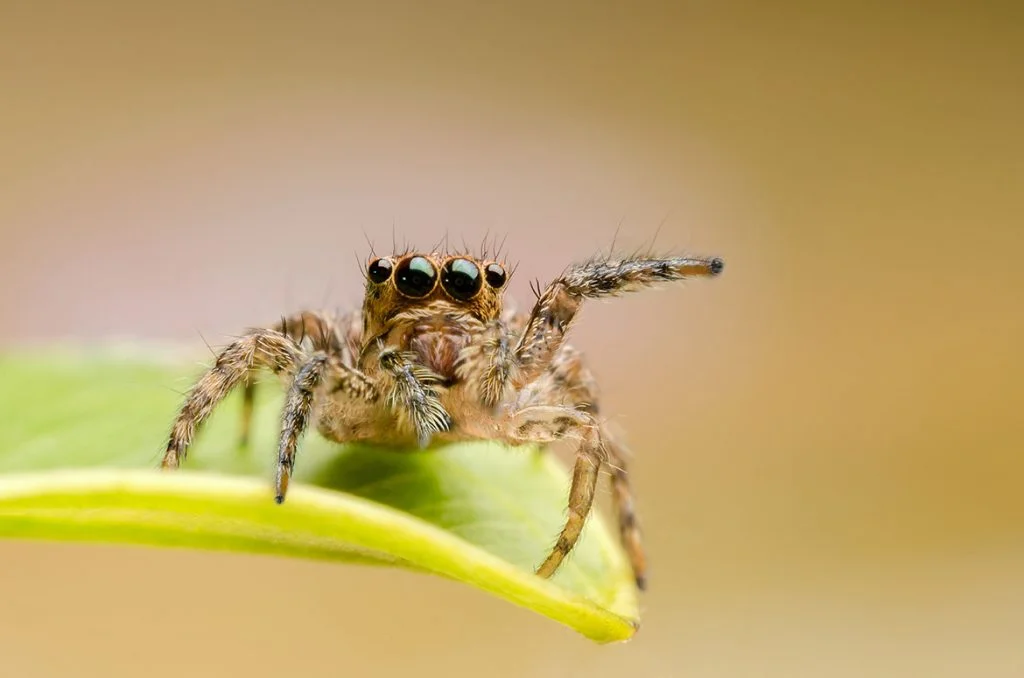Spiders are a diverse group of arachnids that are found in every corner of the world. These fascinating creatures play an important role in our ecosystem and have been the centre of attention in horror movies. In the peak season, spiders in Ontario and spiders in Toronto are the most searched term on Google.
They are a possible pest in most areas of Canada. From the tiny, almost invisible jumping spider to the massive, intimidating bird-eating spider, there is a full range of spiders.
These eight-legged creatures are known for their ability to spin webs and unique way of catching prey. They have different hunting styles; some intricate spin webs to catch prey, while others stalk their prey with lightning speed.
Although spiders have not harmed humans as portrayed in movies, they can invade our homes and business locations if unnoticed. In this blog, we’ll explore some of the most common types of spiders, their characteristics, habitats, and behaviours. Moreover, explore the ways in which spiders can become a nuisance and what you can do to prevent and control spider infestations.
Also Read: Why You Should Search For Ant Extermination Near Me
Types Of Spiders
Wolf Spiders
Wolf spiders are from the family of spiders known for their hunting abilities. They are active hunters and do not build webs to catch their prey. Instead, they chase and capture their prey with strong legs and powerful jaws. Wolf spiders are generally found in grassy areas, forests, and even deserts. They usually remain active at night time. Their large and powerful jaws are the most distinctive feature differentiating them from other spiders. These jaws can deliver a powerful bite to their prey, including insects, other spiders, and even small vertebrates such as lizards and frogs.
Garden Spiders
Orb weavers, or garden spiders are known for their beautiful and intricate webs. They spin circular webs with a hub in the center and a spiral of sticky silk that radiates outwards. These spiders are passive hunters, waiting in their webs for prey to become trapped. Orb weavers are found in various including gardens, fields and forests. Compared to wolf spiders, orb weavers have a different hunting style. They wait patiently in their webs for prey to become trapped and can detect the vibrations of prey that become entangled and quickly move in for the kill. Spider extermination institutes do not consider them dangerous to humans; they may bite if they feel you are trying to harm them. The major share of contribution to the ecosystem which spiders make is mostly by garden spiders.
Dock Spiders
Dock spiders, also known as fishing spiders, are commonly found near bodies of water such as lakes, ponds, and streams. These spiders are known for their ability to walk on water’s surface and are often seen hunting for prey near the shoreline. These large spiders have long, slender legs that allow them to move quickly on the water’s surface. They have a distinctive appearance, with brown or grey bodies and stripes or spots on their legs. They are active hunters and feed on various prey, including insects, fish, and other spiders. In some cases, dock spiders may be considered a nuisance if they are found in large numbers near homes or other structures. In these cases, seeking professional pest control services to manage the spider population may be necessary.
Cellar Spiders
Cellar spiders, also known as daddy longlegs spiders, are commonly found in dark, damp places such as basements, cellars, and crawl spaces. They are known for their long, thin legs and delicate appearance and are often seen dangling from their webs. They are active hunters and feed on various prey, including insects and other spiders. These spiders can catch their prey using their webs, which are made up of thin, sticky strands that they use to trap their victims. Sometimes, cellar spiders may be considered a nuisance if they are found in large numbers inside homes or other places. However, they can be beneficial as they feed on other insects and spiders, helping to control pest populations.
Pest Control For Spiders
Spiders are common household insects but can be difficult to control if their army increase. While some spiders are harmless and beneficial, others can be vicious and risk human health. Here are some tips for controlling spider populations in and around your home.
- Seal cracks and crevices.
Spiders can enter your home through small cracks and gaps. Sealing these openings can help keep them out.
- Remove webs
Regularly removing spider webs can help reduce the spider population, as the web is their battlefield and home.
- Use natural remedies
Some natural remedies, such as vinegar, citrus oil, and peppermint oil, can be used to repel spiders.
- Use Pesticides
In severe cases, pesticides may be necessary to control the spider population. It is important to use pesticides according to the label instructions and to keep them out of reach of children and pets.
Also Read: Why Mice Removal Is Inescapable
Wrapping Up
In conclusion, spiders are a diverse group of arachnids with various shapes, colours, and behaviours. The types of spiders listed above are just a few species found worldwide. By understanding the unique characteristics of each type of spider, we can better appreciate these fascinating creatures and coexist with them in our environments. We discussed the remedies you could use to get rid of spiders. However, proper pest control services are recommended to hire if spiders have infested your residence and you want to kill spiders completely.

